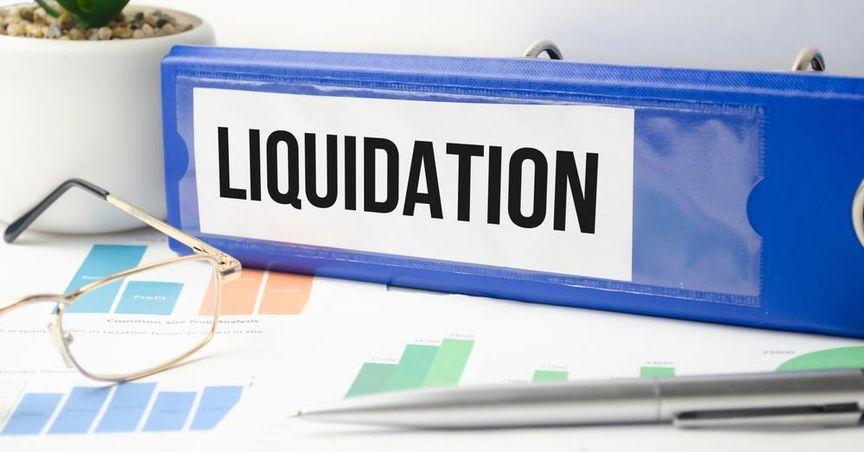Highlights:
- Chapter 7 involves the liquidation of a debtor firm's assets through the court system.
- It applies when reorganization under other bankruptcy provisions is deemed unfeasible.
- The process aims to repay creditors as much as possible from the sale of the debtor's assets.
Chapter 7 proceedings, established under the Bankruptcy Reform Act, provide a legal framework for the liquidation of a debtor firm's assets. This process is utilized when a company is unable to reorganize or recover from its financial distress and no longer has the potential for profitability. In such cases, the court steps in to oversee the sale of the company's assets to satisfy outstanding debts and obligations.
The goal of Chapter 7 is to ensure that creditors are compensated as much as possible, given the value of the debtor's remaining assets. This typically involves selling off all non-exempt property and liquidating it to generate cash. The proceeds are then distributed among the creditors based on a legally defined priority order. Secured creditors, such as those holding collateral, are paid first, followed by unsecured creditors, including suppliers and employees, in accordance with their respective claims.
In Chapter 7, the business ceases operations immediately, and the company is effectively dissolved. This is different from Chapter 11, where the company is allowed to reorganize and attempt to become profitable again. Chapter 7 is typically pursued when it becomes clear that the company has no feasible path to recovery and is beyond the point where reorganization would be effective. The decision to file for Chapter 7 is made either by the debtor or, in some cases, by creditors who believe the business can no longer meet its financial obligations.
The liquidation process is managed by a court-appointed trustee, who is responsible for overseeing the sale of assets, the payment of creditors, and the proper distribution of funds. The trustee is also tasked with ensuring that all legal requirements are followed throughout the process, including the fair treatment of creditors and the maximization of asset value. Once the assets are liquidated and all debts are settled as much as possible, the company is formally dissolved.
Chapter 7 proceedings are often the final step for businesses that are unable to recover, allowing for a fair distribution of remaining assets to creditors. While it can be a difficult and emotional process for those involved, it is a structured way to deal with a failing business and bring about a resolution.
Conclusion:
Chapter 7 proceedings under the Bankruptcy Reform Act offer a legal route for businesses that can no longer recover through reorganization. The liquidation of assets helps ensure that creditors receive as much repayment as possible, while also formally ending the company’s operations. This process provides an orderly and fair method for handling the insolvency of a firm when there is no viable option for turning the business around.






